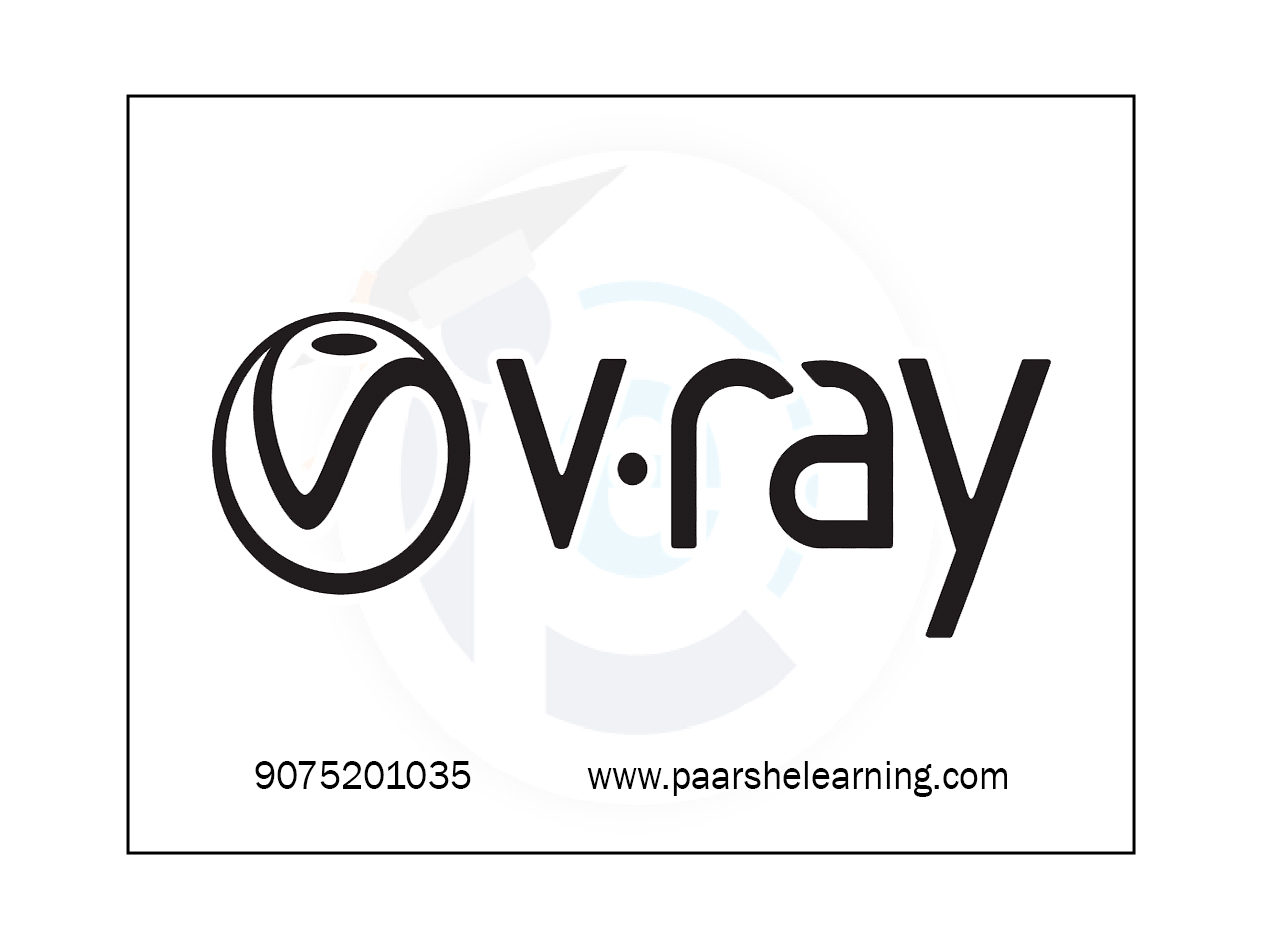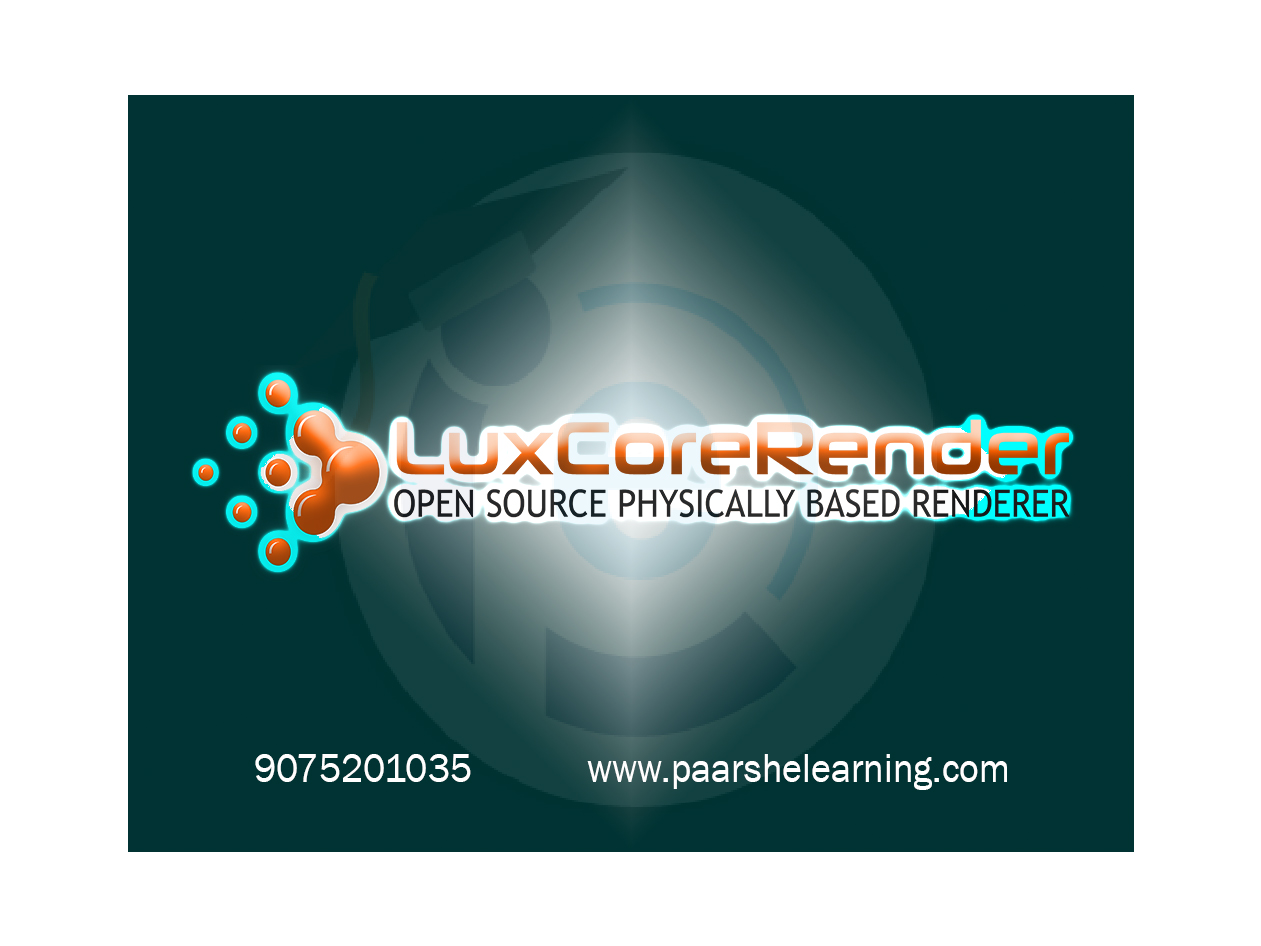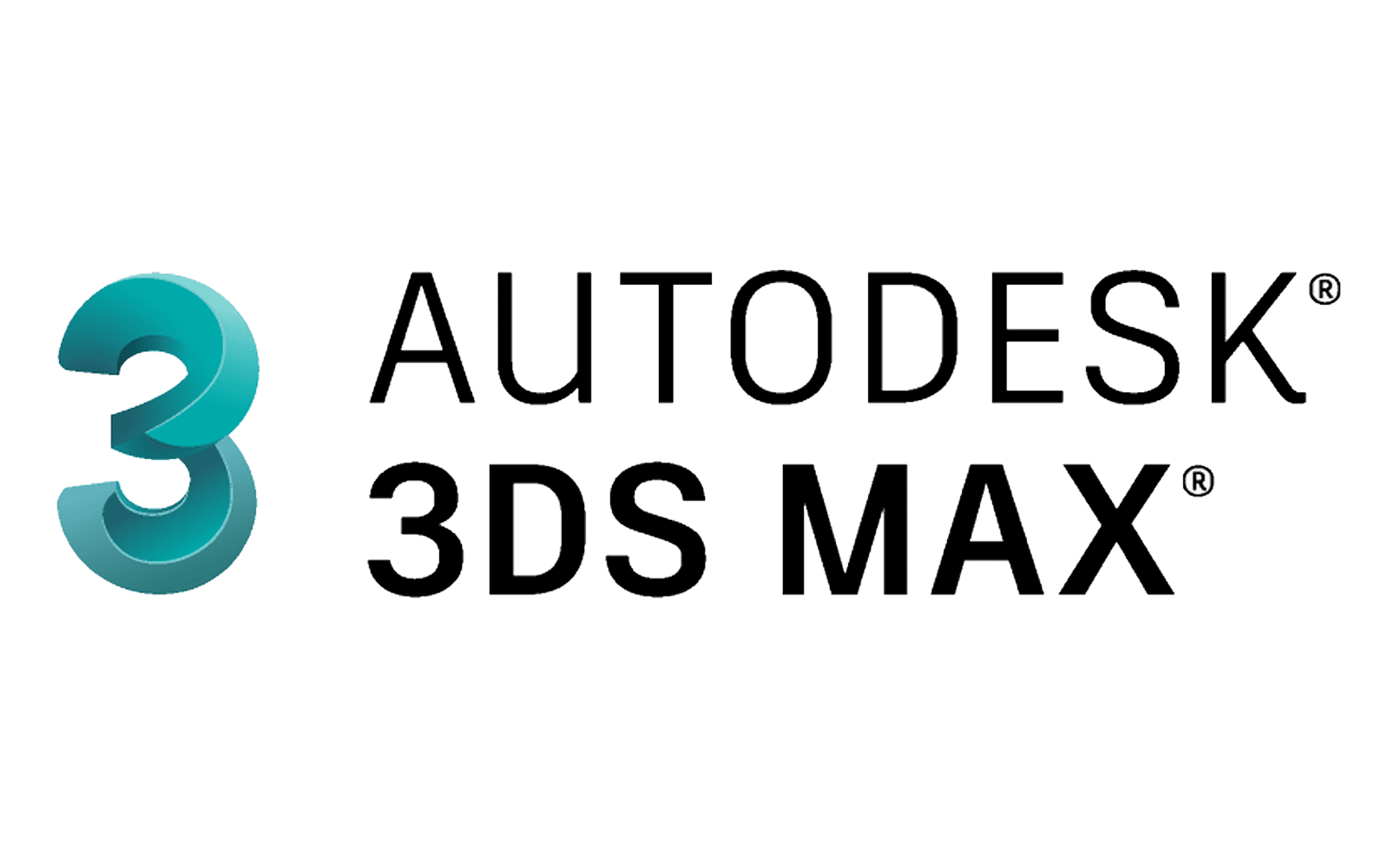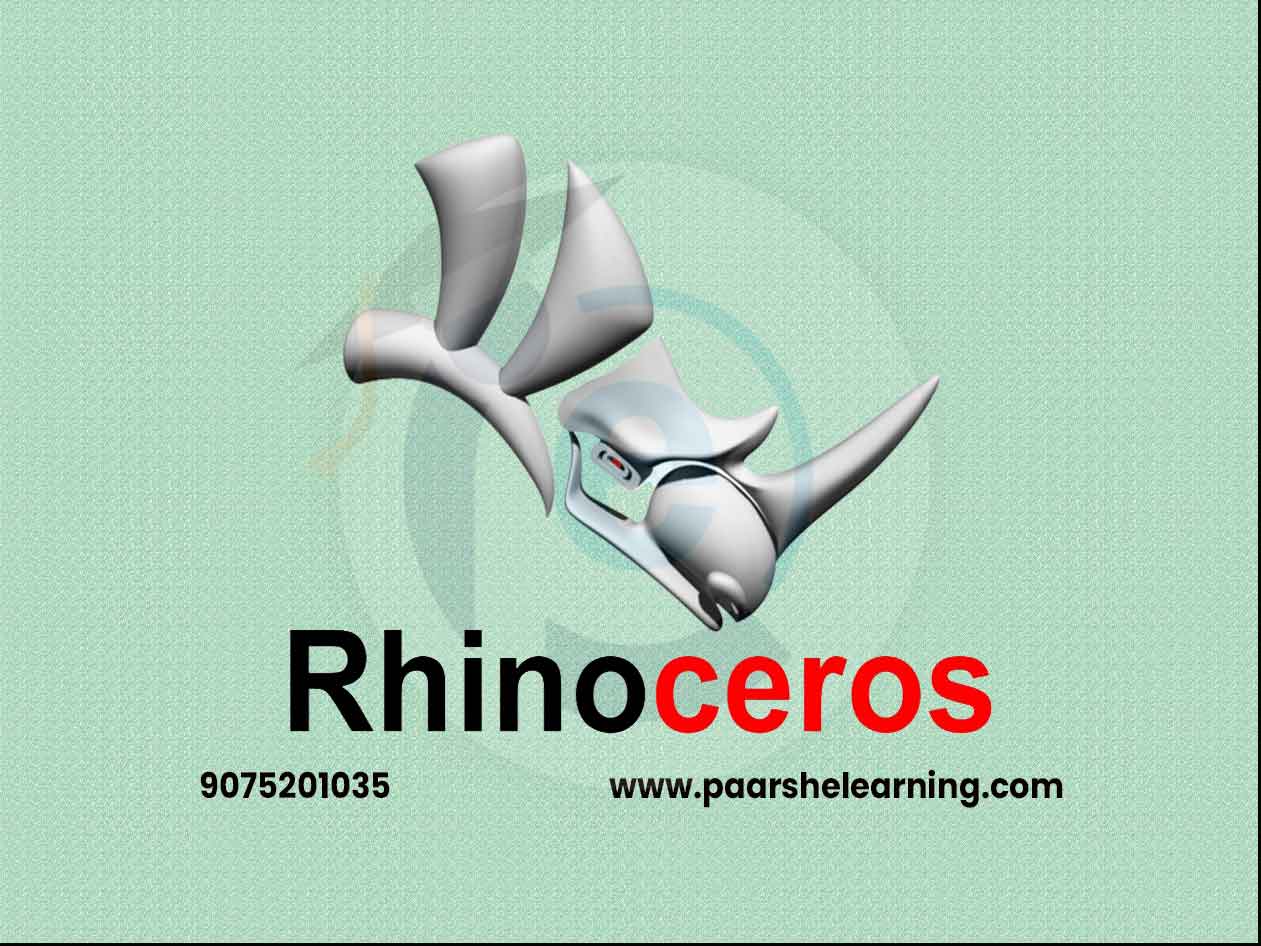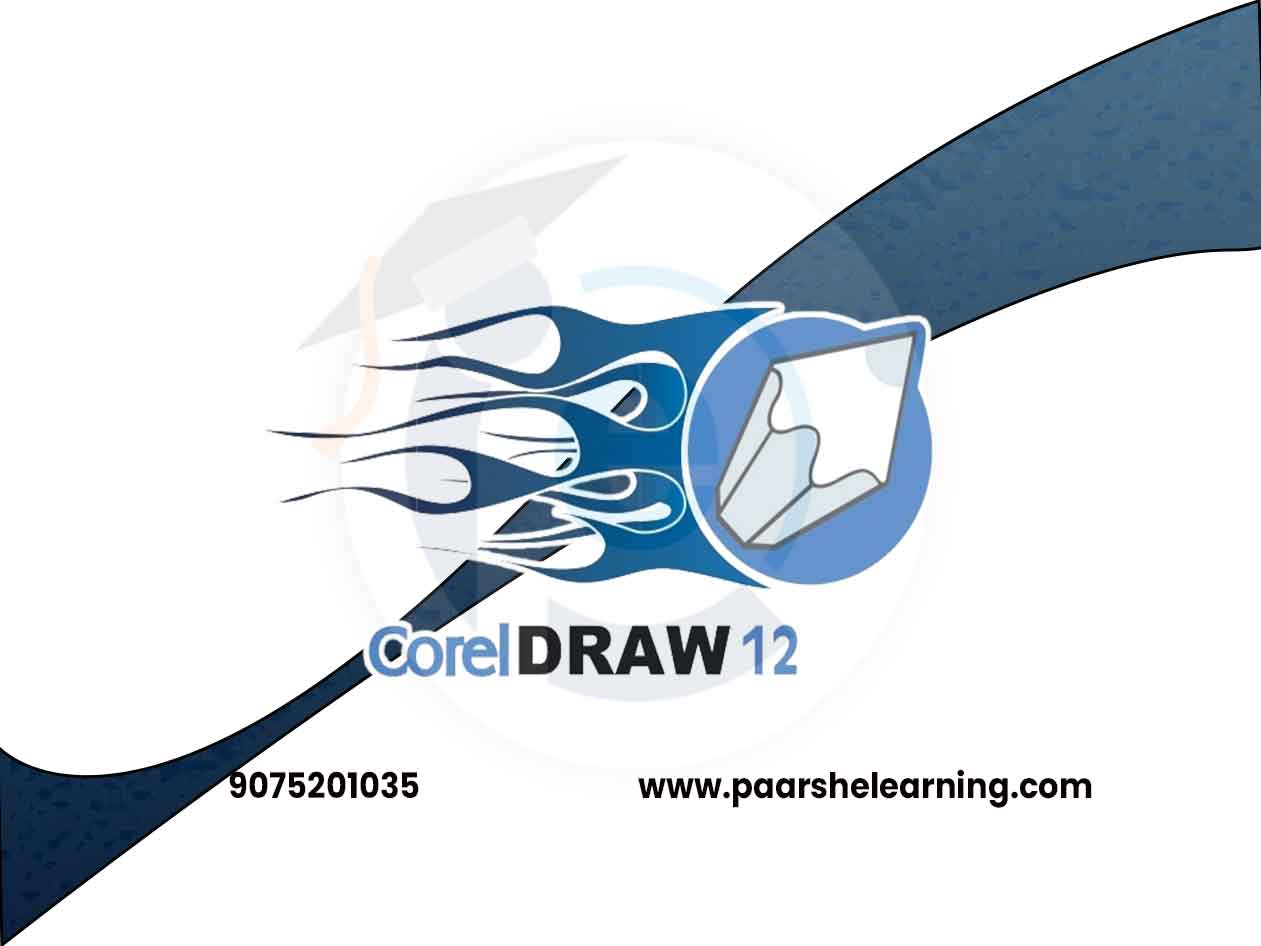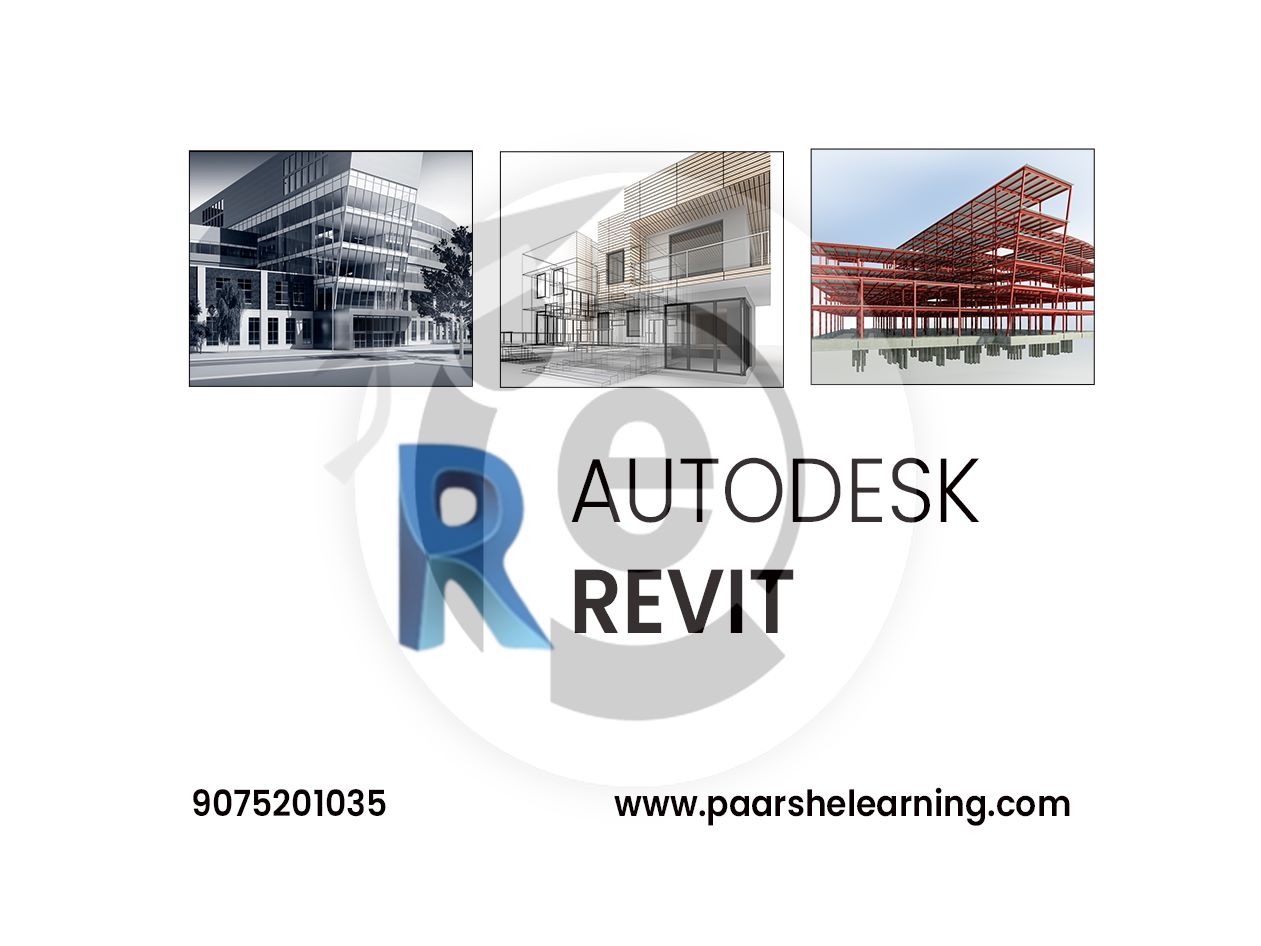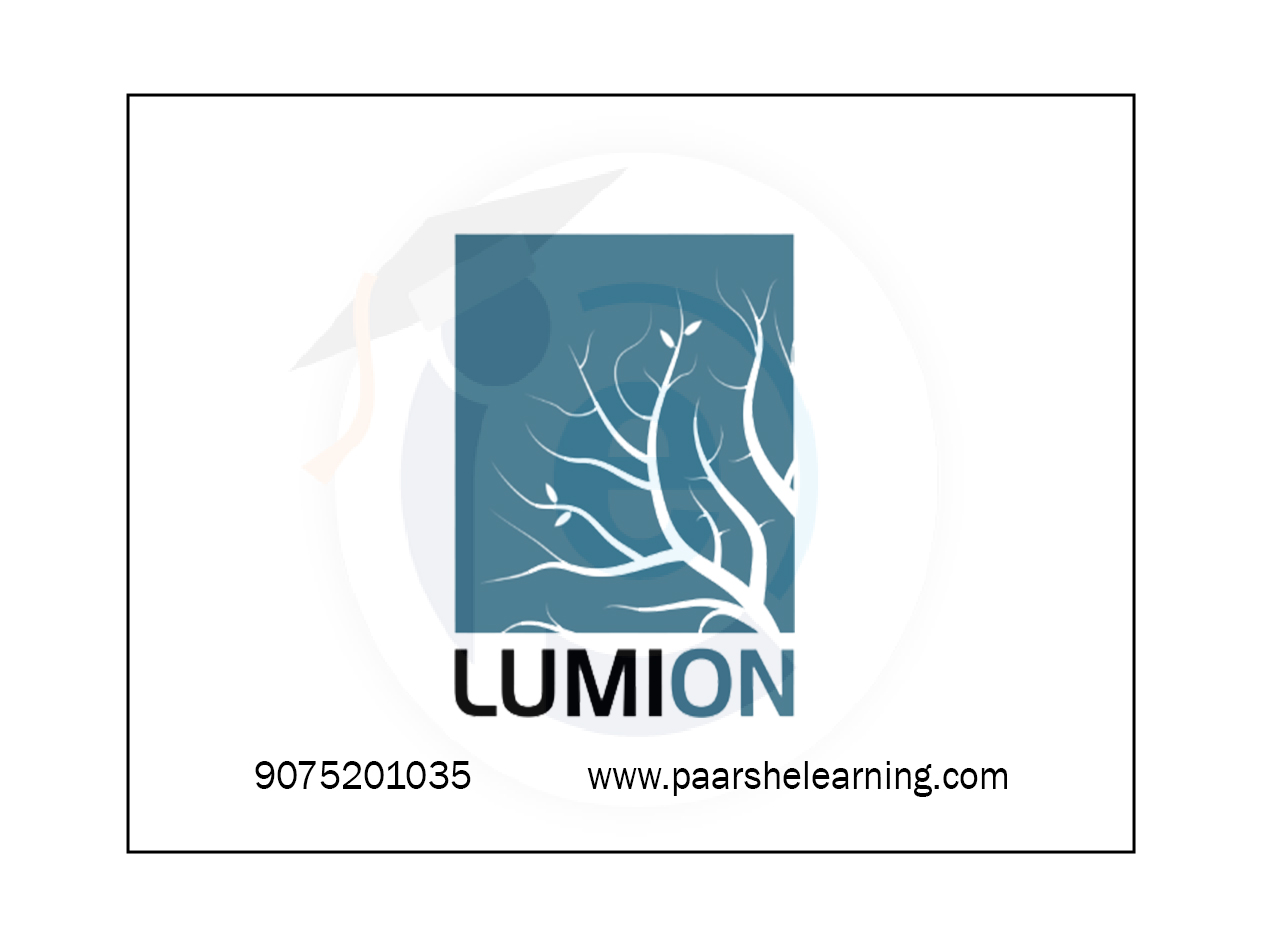- Basic and advanced lighting techniques: You'll learn how to use V-Ray's lighting tools to create realistic lighting effects in your 3D scenes.
- Materials and textures: You'll learn how to create and apply materials to your 3D models using V-Ray's material editor, and how to use textures to add realism to your scenes.
- Camera and rendering settings: You'll learn how to adjust the camera settings and rendering settings in V-Ray to create high-quality images and animations of your 3D models.
- Post-processing: You'll learn how to use V-Ray's post-processing tools to adjust the color, contrast, and other aspects of your rendered images and animations.
- V-Ray plugins for 3D modeling software: You'll learn how to use V-Ray with different 3D modeling software, including SketchUp, 3ds Max, Rhino, and Revit.
V-Ray
Course description
V-Ray is a widely used and highly regarded rendering software that offers powerful and advanced capabilities for creating high-quality and photorealistic renderings. Developed by Chaos Group, V-Ray is known for its versatility, realism, and integration with various 3D modeling and animation software. It is widely used in industries such as architecture, interior design, product visualization, and visual effects. Here are some key features of V-Ray:
-
Global Illumination: V-Ray provides advanced global illumination algorithms, including path tracing, photon mapping, and irradiance caching. These algorithms simulate the behavior of light accurately, allowing for realistic and natural lighting in scenes. V-Ray's global illumination capabilities produce accurate shadows, reflections, and indirect lighting effects.
-
Physically-based Materials: V-Ray supports a wide range of material properties, including reflection, refraction, transparency, subsurface scattering, and displacement. It offers a robust material editor that allows users to create realistic and detailed materials, replicating the appearance of various surfaces such as metals, glass, fabrics, and more.
-
Realistic Lighting Simulation: V-Ray enables users to create realistic lighting setups with accurate control over light sources. It supports various light types, including point lights, spotlights, area lights, and HDR environment lighting. Users can adjust light parameters such as intensity, color, falloff, and distribution to achieve the desired lighting effects.
-
Adaptive Sampling: V-Ray uses adaptive sampling techniques to optimize the rendering process. It dynamically adjusts the number of samples per pixel based on the complexity and contribution of each pixel, reducing the overall render time while maintaining high-quality results.
-
V-Ray Dome Light: The V-Ray Dome Light is a powerful lighting tool that simulates natural lighting conditions, such as outdoor environments or studio lighting setups. It allows users to use high-dynamic-range images (HDRI) to light their scenes realistically and achieve accurate image-based lighting.
-
Distributed Rendering: V-Ray supports distributed rendering, enabling users to distribute the rendering workload across multiple computers or a render farm. This helps to significantly reduce rendering time and allows for efficient rendering of high-resolution and complex scenes.
-
V-Ray Proxy: V-Ray Proxy is a feature that allows users to efficiently render complex scenes with high polygon counts. It enables the use of simplified versions of objects in the viewport while maintaining the full detail during rendering, improving performance and workflow efficiency.
-
V-Ray Frame Buffer: V-Ray provides a comprehensive frame buffer that offers advanced post-processing and image manipulation capabilities. It allows users to adjust various image settings such as exposure, color correction, and tone mapping directly within the rendering window.
-
V-Ray Fur and Particle Systems: V-Ray offers specialized tools for creating realistic fur, hair, and particle effects. Users can simulate and render complex hair and fur structures with control over parameters like length, density, clumping, and curling. V-Ray also provides efficient rendering of particle systems, such as smoke, fire, or other particle-based effects.
-
Integration with 3D Software: V-Ray seamlessly integrates with a wide range of 3D modeling and animation software, including Autodesk 3ds Max, Maya, SketchUp, Rhino, and more. This allows users to easily transfer their 3D scenes from their modeling software to V-Ray for rendering without the need for complex file conversions.
V-Ray is recognized for its ability to deliver high-quality and realistic renderings with its extensive feature set and flexibility. Its wide adoption in various industries and integration with popular 3D software makes it a powerful rendering solution for professionals seeking realistic and visually stunning results.
What you will learn from this course?
This course includes!
- Daily Live session
- A recorded session with problem-solving material
- Access on Mobile and TV
- Certificate of completion
- Recommendation Letter
- Free lifetime access
- Job Assistance
This course is for
- Architects and architectural visualization professionals who want to create realistic visualizations of their designs.
- Product designers who want to create photorealistic renderings of their products.
- Interior designers who want to create realistic visualizations of their designs to showcase to clients.
- 3D artists who want to learn how to use V-Ray to create high-quality images and animations.
- Students and beginners who want to learn how to use V-Ray for 3D visualization and rendering.
Prerequisites for this course
- Best Class for All Level Students Who Want to Take Their Lighting Rendering Skill to a Whole New Level.
- Basic knowledge of 3D modeling software: A basic understanding of 3D modeling software such as SketchUp, 3ds Max, or Rhino is recommended.
- Familiarity with the fundamentals of 3D modeling: Basic knowledge of modeling techniques such as polygon modeling, edge modeling, and subdivision modeling is useful.
- Familiarity with the fundamentals of lighting and shading: A basic understanding of lighting and shading concepts, such as the use of light sources and materials, is recommended.
- Computer skills: You should be comfortable using a computer and navigating software interfaces.
V-ray Syllabus
-
Introduction To V-ray And Rendering Basics
Understanding the role of V-Ray in rendering and visualization Introduction to V-Ray interface and features Installing and setting up V-Ray for different platforms Basics of rendering principles and techniques
-
Scene Setup And Importing
Preparing 3D models and scenes for rendering in V-Ray Importing models from various design software Organizing and optimizing the scene for V-Ray Applying basic materials and creating lighting
-
Materials And Texturing
Using V-Ray's material library and presets Adjusting material properties: reflectivity, roughness, etc. Creating custom textures and applying bump maps Utilizing procedural textures and displacement
-
Lighting And Global Illumination
Adding lights to the scene: sunlight, artificial lights, etc. Adjusting lighting parameters for realism and mood Understanding global illumination and its impact Creating physically accurate lighting setups
-
Cameras And Composition
Setting up camera viewpoints for rendering in V-Ray Using depth of field and camera effects Creating compositions and camera angles Applying camera effects: vignetting, bokeh, etc
-
Rendering Settings And Optimization
Adjusting rendering settings for quality and speed in V-Ray Understanding raytracing and sampling parameters Using V-Ray's adaptive sampling for noise reduction Tips for optimizing rendering times
-
Post-processing And Integrations
Introduction to V-Ray's post-processing features Using image editing software for enhancements Exploring V-Ray integrations with other software Integrating V-Ray into various design workflows
-
Real-world Applications And Final Projects
Applying V-Ray to architectural visualization, product design, etc. Students work on individual or group projects applying V-Ray to specific domains Instructor guidance and feedback during project development Final project presentations and evaluations
-
Paarsh E-Learning encourages hands-on practice and projects throughout the course to reinforce students' understanding of V-Ray concepts. Depending on the goals of the course, you can emphasize different aspects of V-Ray, such as material creation, lighting, rendering settings, post-processing, or integration with other software. Make sure to cover both the theoretical foundations and practical implementation of V-Ray.
